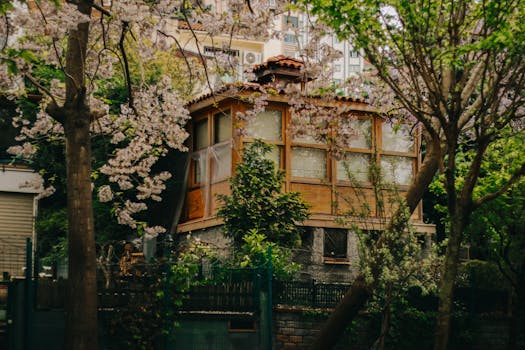
Urban Green Spaces: The Future of Outdoor Living in European Cities by 2025
Introduction to Urban Green Spaces
Urban Green Spaces are a vital component of European cities, providing numerous benefits for both residents and the environment. As we approach 2025, it is essential to understand the significance of these spaces and how they will shape the future of outdoor living. Urban Green Spaces, the focus keyword, refers to parks, gardens, and other green areas within urban environments that offer a range of ecosystem services, including air and water purification, climate regulation, and habitat creation.
Benefits of Urban Green Spaces
Urban Green Spaces have numerous benefits, including improving air quality, mitigating the urban heat island effect, and providing recreational areas for residents. They also play a crucial role in supporting biodiversity and enhancing mental health and well-being. Furthermore, Urban Green Spaces can help to reduce urban flooding and improve water quality by absorbing and filtering rainwater.
Challenges and Opportunities
Despite the many benefits of Urban Green Spaces, there are also challenges to be addressed. These include limited funding, conflicting land use priorities, and climate change. However, these challenges also present opportunities for innovation and growth. For example, the use of green roofs and walls can help to increase the amount of green space in urban areas, while community-led initiatives can help to engage residents and promote a sense of ownership and responsibility for Urban Green Spaces.
Case Studies and Examples
There are many examples of successful Urban Green Spaces in European cities. For example, the High Line in London is a former industrial area that has been transformed into a vibrant green space, while the Parc du Bourget in Paris is a large urban park that provides a range of recreational activities and ecosystem services. These case studies demonstrate the potential for Urban Green Spaces to transform urban areas and improve the quality of life for residents.
Conclusion and Future Directions
In conclusion, Urban Green Spaces are a vital component of European cities, providing numerous benefits for both residents and the environment. As we approach 2025, it is essential to prioritize the creation and maintenance of these spaces, and to address the challenges and opportunities that they present. By doing so, we can create more sustainable, resilient, and livable cities for future generations.




